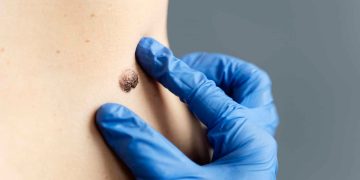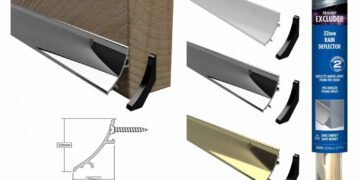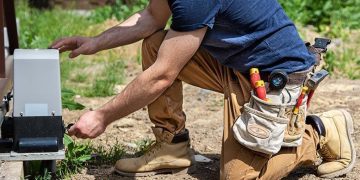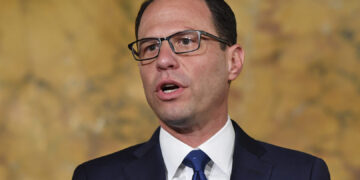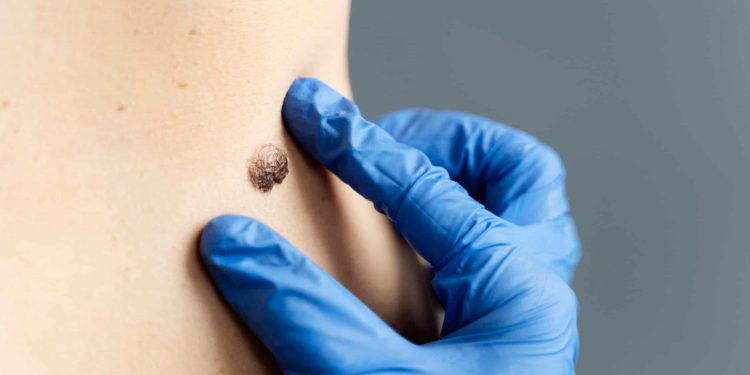Skin is the body’s largest organ, and it faces daily exposure to the sun, environmental toxins, and natural aging. As a result, changes in the skin can reveal more than surface-level issues. In some cases, they point to serious conditions like skin cancer. Regular skin check appointments and a thorough mole check are simple steps that can make a big difference in detecting problems early.
Why Early Detection Matters
Skin cancer is the most common cancer in the United States. According to the American Cancer Society, more than 5 million cases of basal and squamous cell skin cancers are diagnosed each year. Melanoma, the deadliest form, makes up about 1% of all skin cancer cases, yet it causes the majority of skin cancer deaths. The survival rate is much higher when melanoma is caught in its earliest stage.
The skin often gives visible signs before a condition becomes serious. Small changes in moles, freckles, or new spots can be early warnings. Identifying these changes during a mole check allows dermatologists to remove suspicious growths before they spread.
What Happens During a Skin Check
A skin check is a head-to-toe examination performed by a dermatologist. The doctor examines the skin, scalp, nails, and even the spaces between the fingers and toes. These areas can sometimes hide early signs of skin cancer that patients miss on their own.
Dermatologists look for the ABCDE signs of melanoma:
- A – Asymmetry: one half of a mole looks different from the other.
- B – Border: edges are irregular, blurred, or jagged.
- C – Color: uneven shades of brown, black, red, or other colors.
- D – Diameter: larger than a pencil eraser.
- E – Evolving: noticeable changes in size, shape, or color.
This quick system helps doctors decide which spots need closer attention or a biopsy.
Why Mole Checks Are Just as Important
Many people think of moles as harmless, but some can develop into melanoma. A regular mole check is important because even a single mole with suspicious changes can signal risk. People with many moles or a family history of melanoma face a higher chance of developing skin cancer and benefit from more frequent checks.
Self-checks at home are also valuable. Dermatologists recommend standing in front of a mirror with good lighting and using a hand mirror for hard-to-see areas. Writing down or photographing moles can help track changes over time. However, self-checks should never replace professional exams.
Who Needs Skin and Mole Checks Most
While everyone benefits from skin monitoring, certain groups need extra attention:
- People with fair skin, light eyes, or red or blonde hair.
- Individuals who spend much time in the sun for work or recreation.
- Anyone with a history of severe sunburns.
- Those with many moles or atypical moles.
- People with a family history of skin cancer.
Dermatologists may recommend yearly skin check appointments for most adults, and more frequent visits for high-risk patients.
The Role of Prevention
Detection is key, but prevention is equally important. Simple daily habits lower the risk of developing dangerous skin conditions:
- Use sunscreen with broad-spectrum protection.
- Wear protective clothing, hats, and sunglasses.
- Avoid tanning beds.
- Seek shade during peak sun hours.
- Keep track of new or changing spots.
These practices do not replace medical care, but they complement it. A professional mole check ensures that any suspicious changes are caught early, even if you practice good prevention.
Taking Control of Skin Health
Many people delay dermatology visits because they believe their skin looks fine. The truth is, not all changes are visible to the untrained eye. By the time a mole becomes painful or bleeds, the condition may already be advanced. Routine checks provide reassurance and peace of mind, while also protecting long-term health.
Skin cancer survival rates demonstrate the importance of early detection and action. When melanoma is detected early, the five-year survival rate in the United States is about 99 percent. That number drops sharply when the cancer spreads. This statistic alone demonstrates why routine monitoring is worthwhile.
Final Thoughts
A regular skin check and mole check may only take a short time, but they can save lives. They are practical, affordable, and easy to schedule. The skin tells its own story through changes, and those changes deserve attention. By staying alert, using prevention strategies, and scheduling professional exams, you take an active role in protecting your health.
